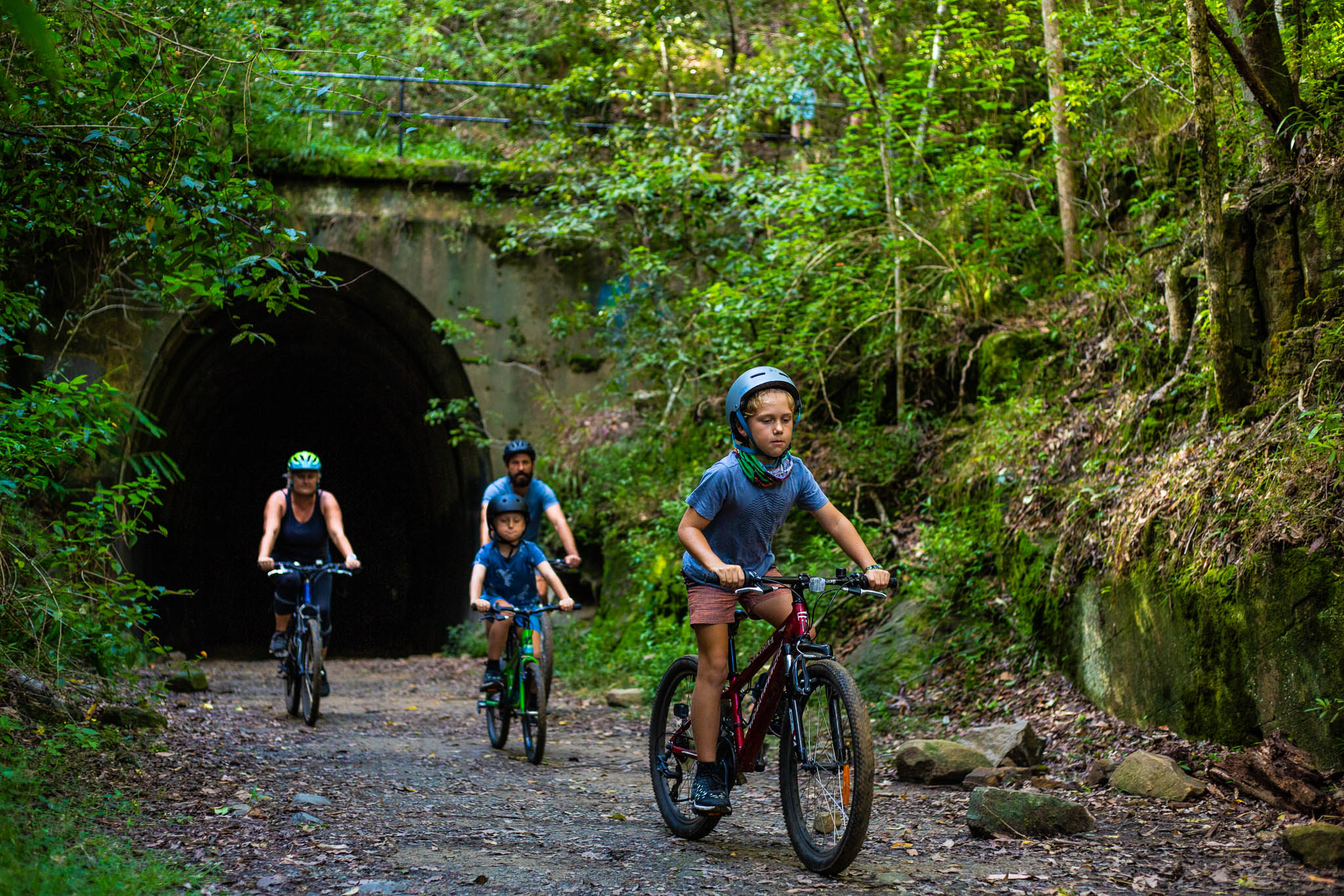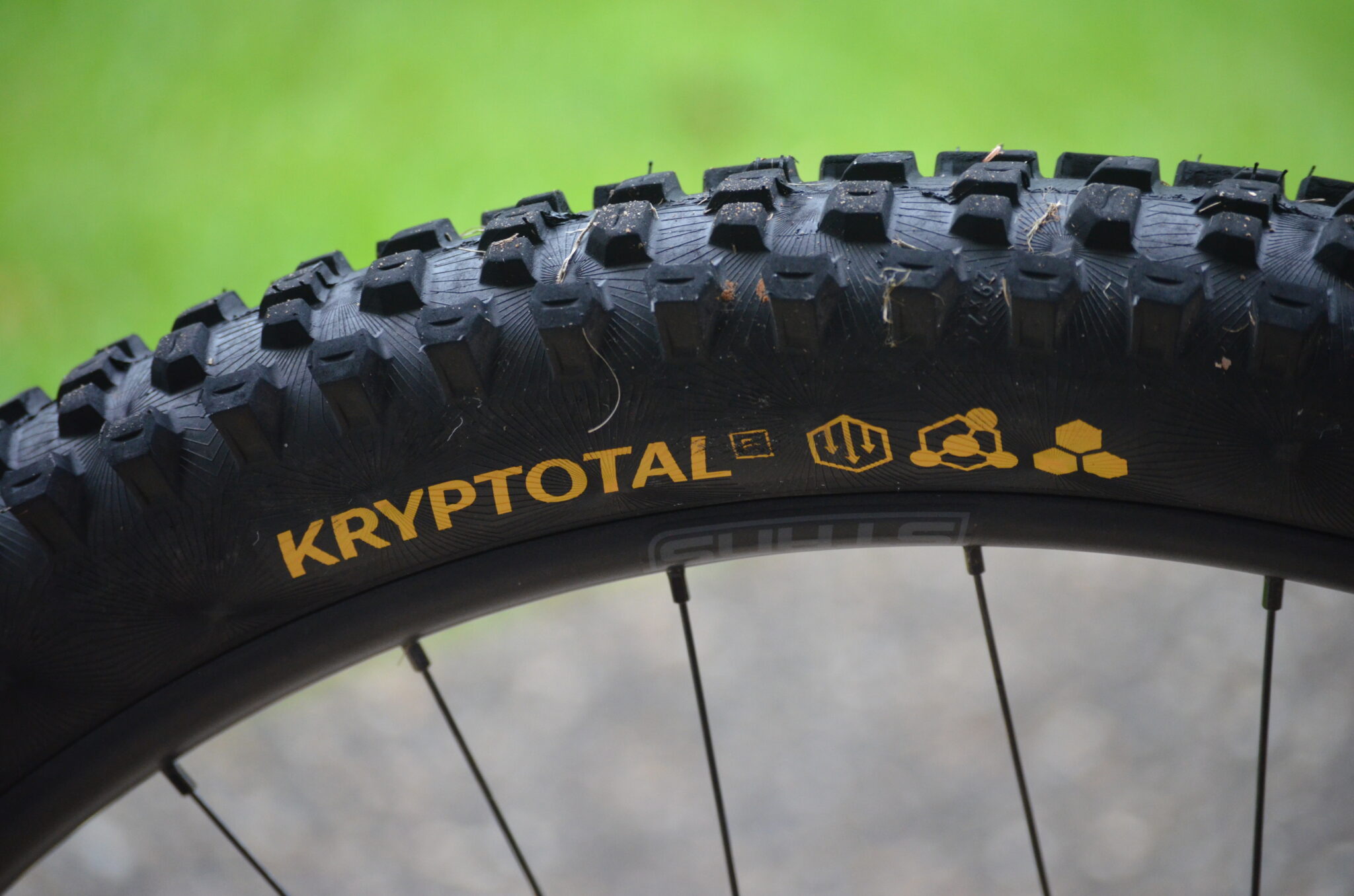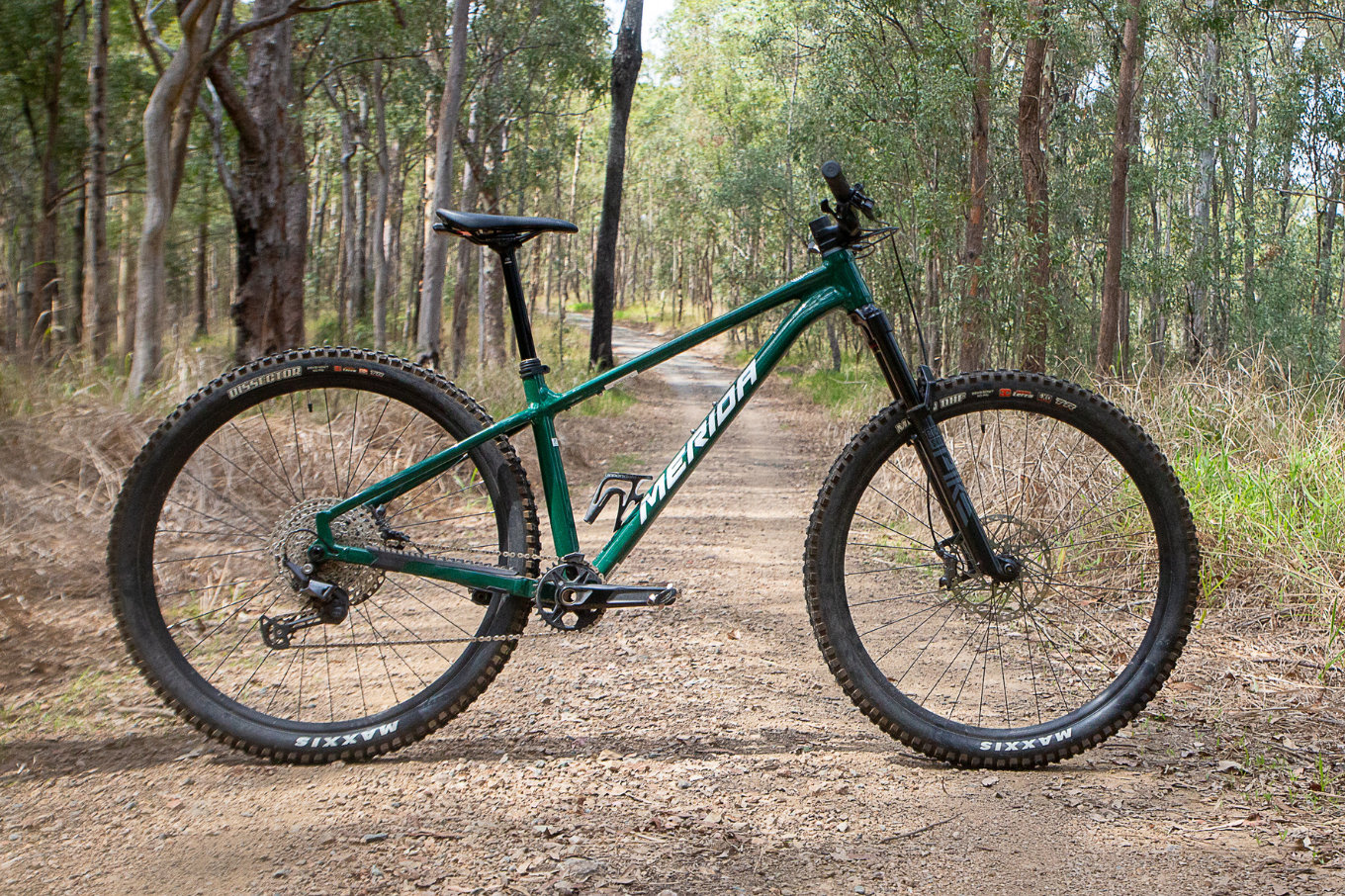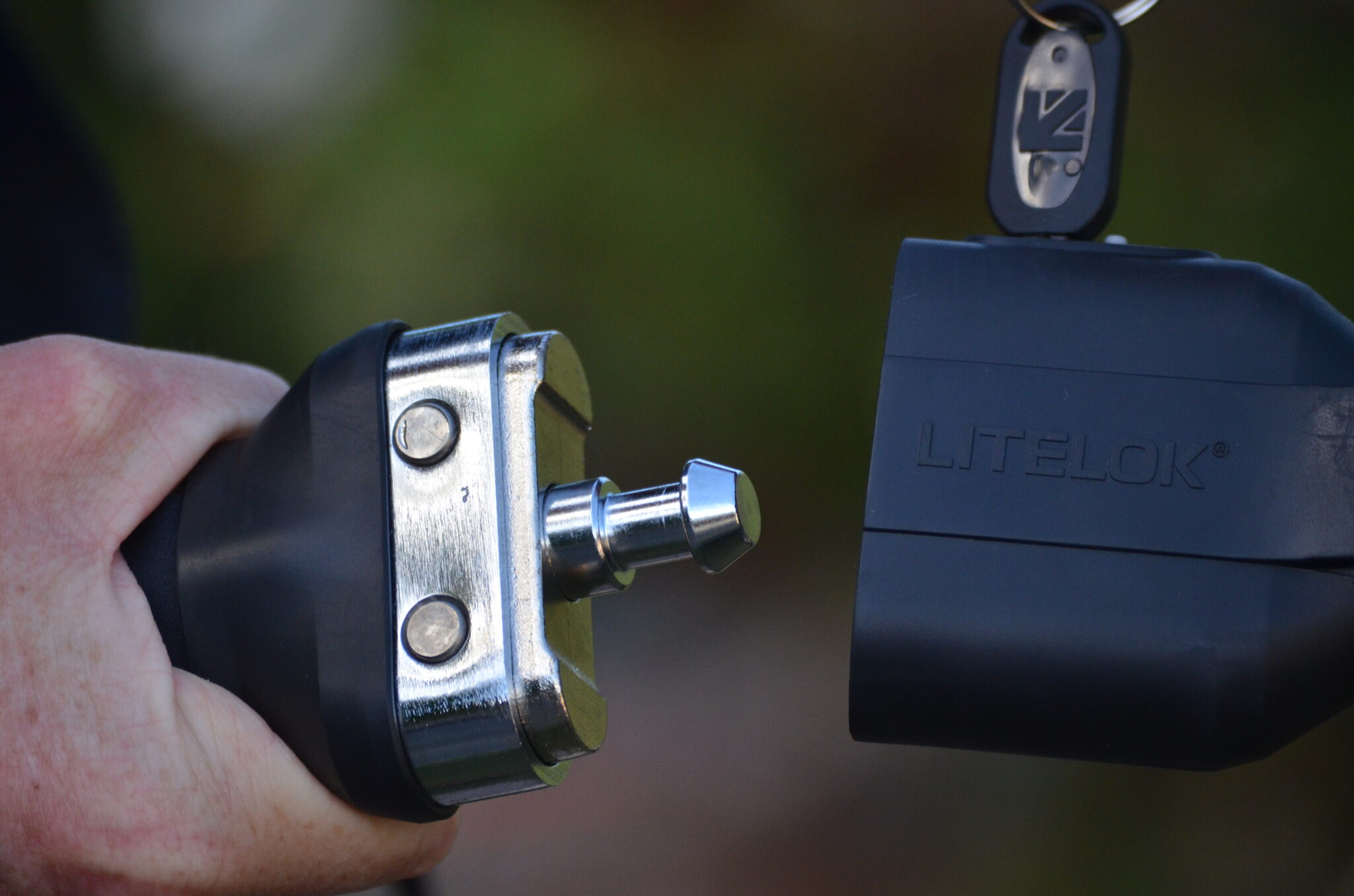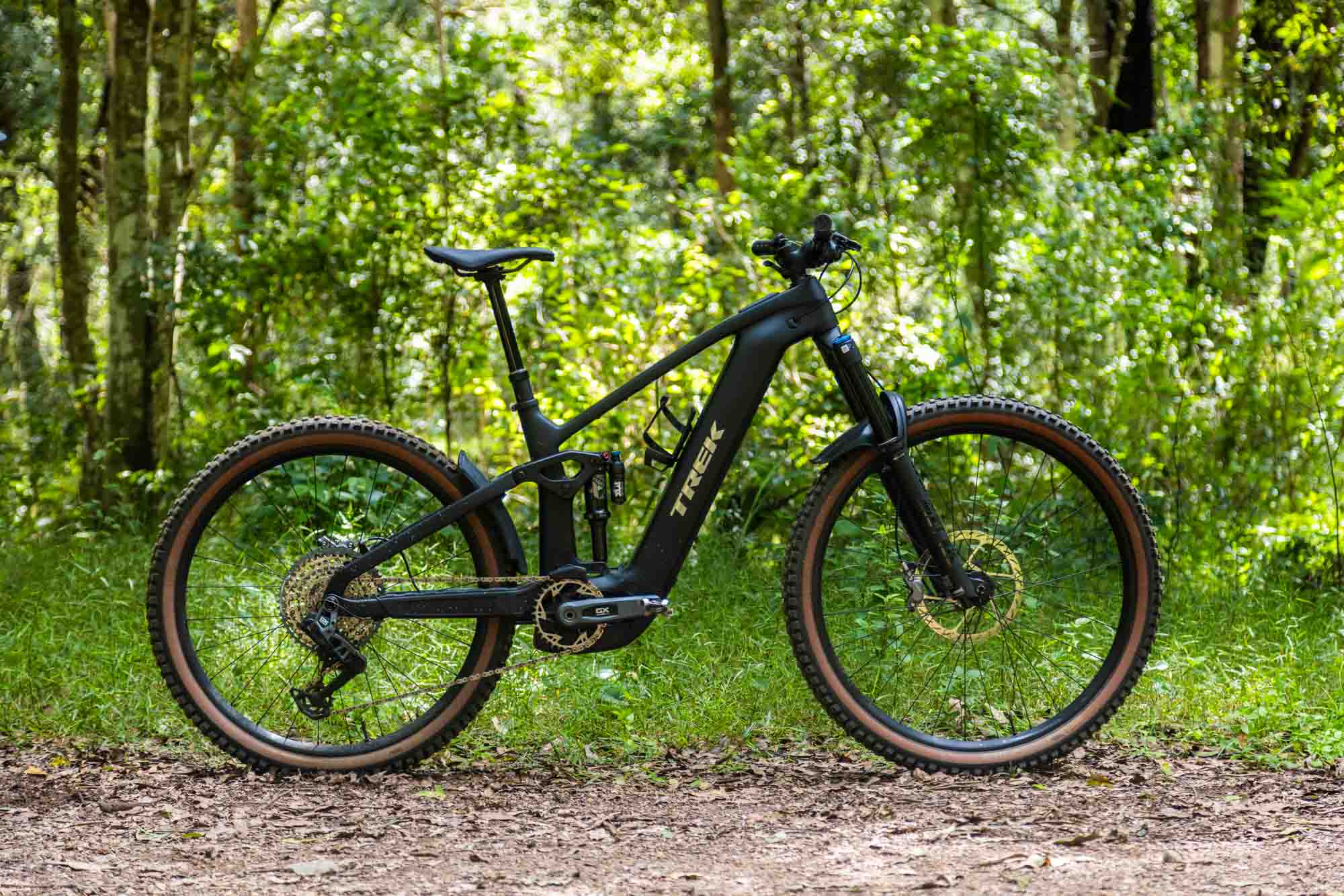FITNESS: Training Principles for Junior Athletes
Mountain biking is a growth sport, and it’s never more apparent than when you look at the littlest groms out there.
Words: Anna Beck
Photos: Nick Waygood, Gerard Lagana
While many of us had a wayward youth cycling on paths to be back by lunchtime, kids now have scheduled mountain bike skills coaching, camps, events and races. All the mountain bikers that slummed it on 26” wheels and V-brakes are putting their own kids in the sport, and the entry point is at a much higher level.
So your kid has a bike, and some skills and wants to race… what now? What is appropriate vs excessive in regards to training through the age groups?
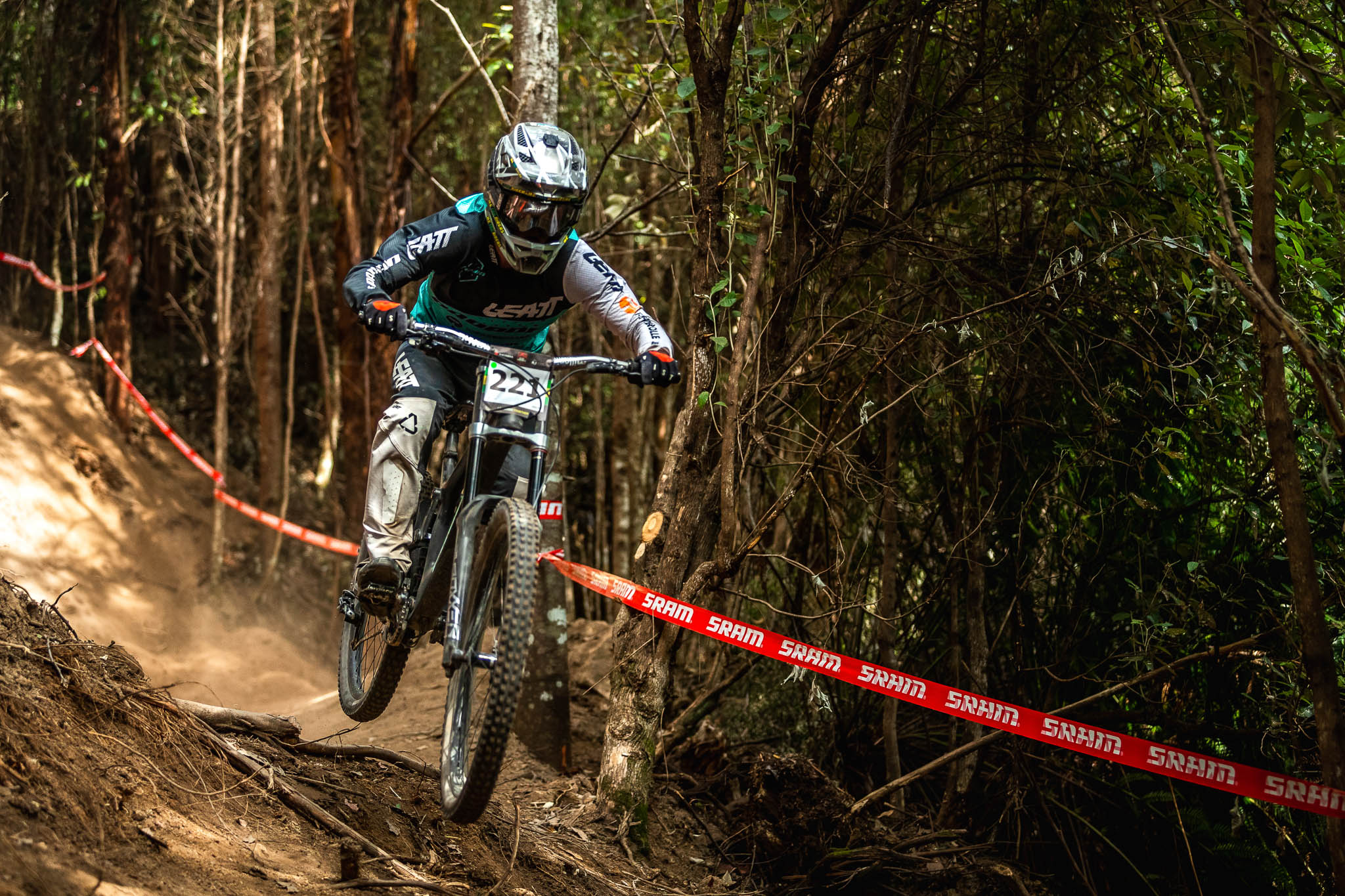
If it’s one thing I see again and again is parents looking for intensive coaching through the pre-adolescent years, which almost exclusively leads to an early exit from the sport and burnout. So if doing too much isn’t helpful, then what is the right thing to do to help develop the next Jolanda Neff or Ritchie Rude?
Some key things to keep in mind with this is that cycling is an incredibly physically and mentally taxing sport that favors late specialisation, unlike gymnastics and dance which tend to specialise much earlier. We see the average age of success in the sport for both men and women for XCO being age 29, so being cognisant of the ‘long game’ is key. As I say to parents, 100% of athletes that ‘make it’ at an elite level get to the elite level, which seems really obvious until you look at the huge drop-off rate from the sport after the Junior (under 19) category.
There are many things that can push kids out of the sport, so what can we do to develop them healthily into robust athletes that have the drive to succeed beyond the junior category?
As a reference for below: When we discuss training load, we are discussing what is happening on a weekly or monthly cycle for the athlete (amount of sessions, what that looks like, intense physiology vs social and skills), which increases in focus with physical maturity and years in the sport. Too many programmed sessions too early can lead to burnout, as physical maturity is a precursor to eliciting the physiological changes that training stimulus is aimed to generate.
Competition relates to appropriate levels of competition for each age group, and Sspecialisation refers to playing multiple sports vs narrowing the focus to cycling. We know that kids that have a vast array of experience in multiple sports tend to transfer skills more easily, and every sport a child plays will bring some skills, physiology or mental game that can be used in cycling.
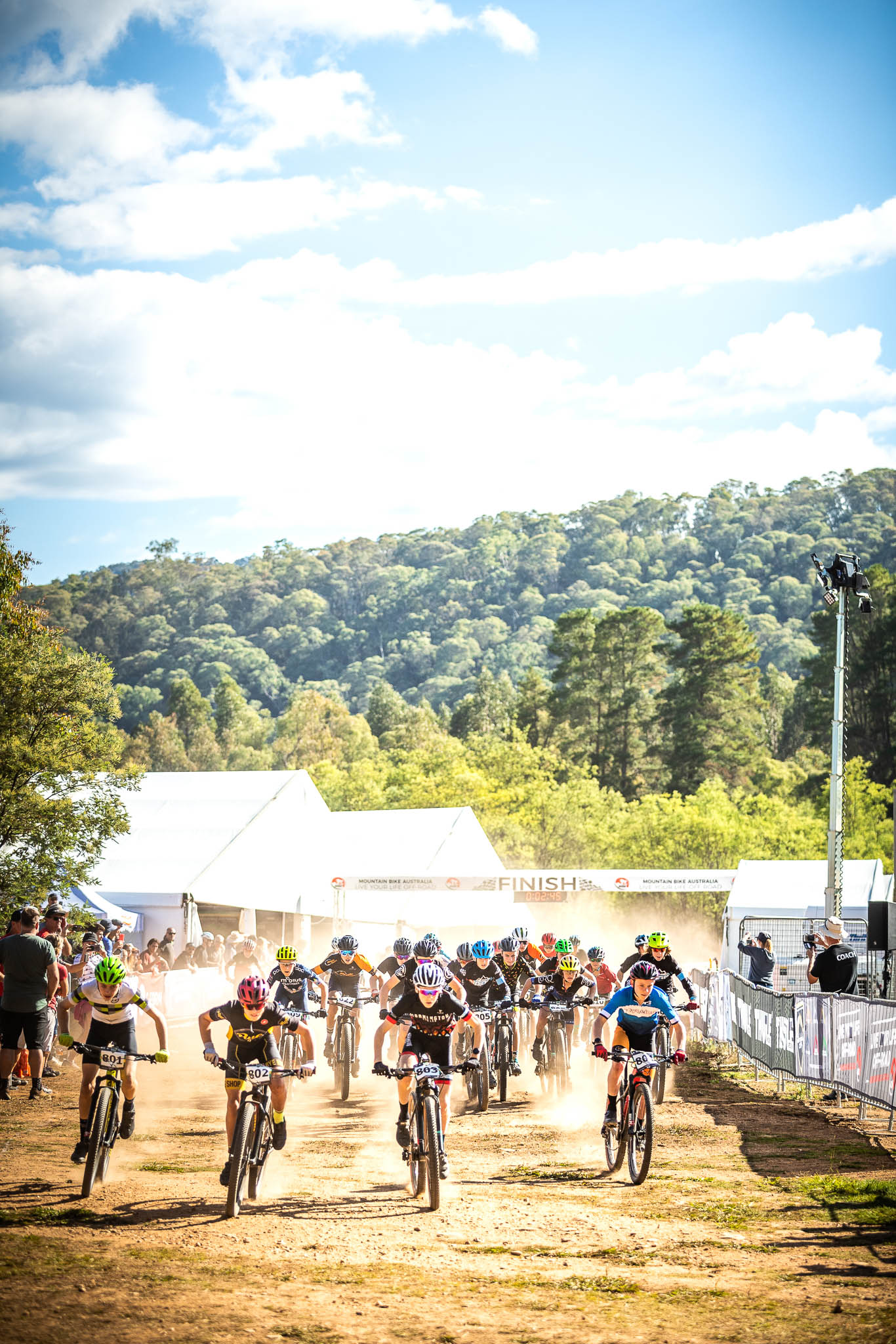
Getting into Cycling: 7-12
This is often the entry point into cycling and the point at which athletes will be introduced to bike movement and cycling skills, facilitated in a ‘free play’ environment. Competition should be modified and focus on fun/skills and delivered through club, community groups and participation events. This is usually 0-2 years from entry within the sport of cycling.
Training load: Nil, emphasising free play once or twice a week, driven by the child and social focus.
Competition: None, or modified. Child driven!
Specialisation: No, cross discipline focus within cycling and encouraging playing a range of sports.
What could training look like here?
Training is riding with friends or a club or family, having a good time and working on skills. Encouraging resilience and curiosity.
Skills and Thrills: 12-16
Next we move into the adolescent phase of extending and refining skills, usually with kids from 12-16 or 2-4 years in the sport, where regular skills practice becomes a mainstay. As for training, this is the time to introduce athletes to training concepts, but it doesn’t mean they should be on a 6-session a week training program. Rather, group training and an introduction to principles of training and learning how to listen to their body is key. In this phase, it’s easy for the kids and parents to get heavily invested in the here and now, looking for glory in U13 and U15 racing, when the focus remains heavily on fun, process goals and the process of learning how to train and race in appropriate club and state level events.
Training load: minimal, 1-2 ‘structured’ sessions a week, other riding is unstructured,. The emphasis remains on fun and skills, but also learning about the benefits of hard work and enjoying this!it.
Competition: Process goals are important! Club and state level events, learning how to race.
Specialisation: No, cross discipline focus within cycling and broader sporting codes.
What could training look like here?
Training could be a group session doing ‘hot laps’, relays or ‘race runs’ on MTB terrain, or introducing structured sessions (sprints, VO2, Threshold etc), and specific skill focussed sessions. Sessions that emphasise learning to ride on feel with/without some supporting heart rate data.
Cycling Specific Phase and Training: 16-19 and beyond!
At this point, full-phase training with some more structure within sessions begins and progresses to an appropriate training load for the athlete. National Cup races can be introduced and this is the first phase where National Championships is recommended. As athletes progress through this phase, international competition may be introduced depending on their level, and the focus narrows to mainly cycling, with supporting disciplines to address physiological and skills growth (ie: road for gravity and XCO, gravity and CX for XCO etc).
Training Load: Looking at full training phase planning and increasing to a full training load throughout this age group.
Competition: Introduction to national up event and national championship level racing, developing to overseas race experience and UCI events.
Specialisation: Cycling (main discipline and additional supporting disciplines) become the primary focus.
What could training look like here?
Training here looks a lot like training adults, but with caveats around duration and efforts acknowledging years in the sport. It will also vary due to physical maturity, other life stressors (school etc) and ability to cope with the training load. It could incorporate road cycling or other disciplines, and addresses primarily the demands of competition however should still remain enjoyable with opportunities for social rides and ‘play’ time on the bike.
Common Questions:
But my 13 year old kid is really good, and loves training hard can’t I push him?
The best kids that turn into strong athletes when it matters (in U19 category and beyond) are often held back. They are supported with multiple sporting disciplines in the early years and parents and kids understand that glory in U13/U15 can come at a cost in the future, and the process of skills and learning about the sport will pay off far more than having your 13 year old training 12+ hours a week and dropping off the radar a few years later. Remember, ‘talent’ is often a result of physical maturity, and the field levels into and beyond U19 categories when everyone has finished growing.
An athletes’ seemingly premature development of precociousness should not mean pushing children into higher age categories ‘just because they can’.
My 14 year old is riding and training but I feel like others are getting faster, should I be worried that her rate of progression is slower?
Is your kid enjoying the sport? Is she improving and getting good social connections from riding and racing? Where is your kid in the physical maturity side of things? There are many factors but the main one is to take a deep breath and acknowledge that your kiddo isn’t a robot and progress can look different for everyone. Is there something age appropriate that can be addressed, like skills or attending social rides that may help? Progress isn’t always linear, it can also look like steps, especially when there are many other factors at play with this age group (school, friendships, puberty, family).
OK this is too much and I’m overwhelmed, where can I get help for my kid? He wants to ride!
Your first point of call is clubs who will be able to advise if they have a kids group or social group. There are also coaches that have junior squads that ride and race. Just remember that not everyone has long term athlete development in the forefront of their mind, and as such, make good choices with who you select to have your little athlete ride with. Sometimes if the flame burns too bright too early, that light may extinguish ahead of schedule, and always keep it fun!

